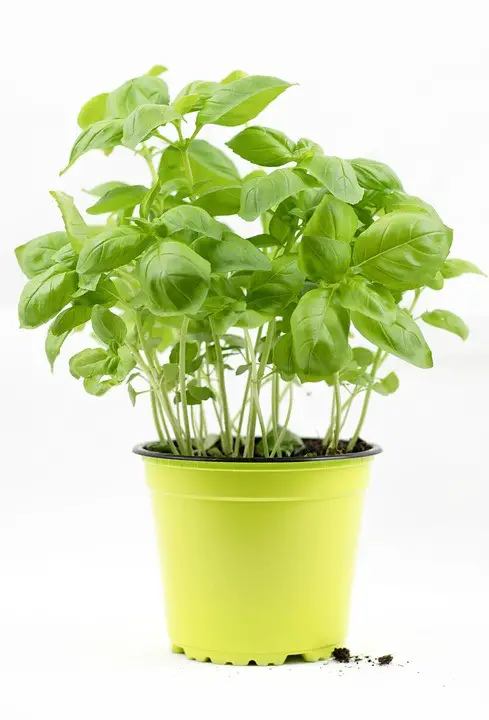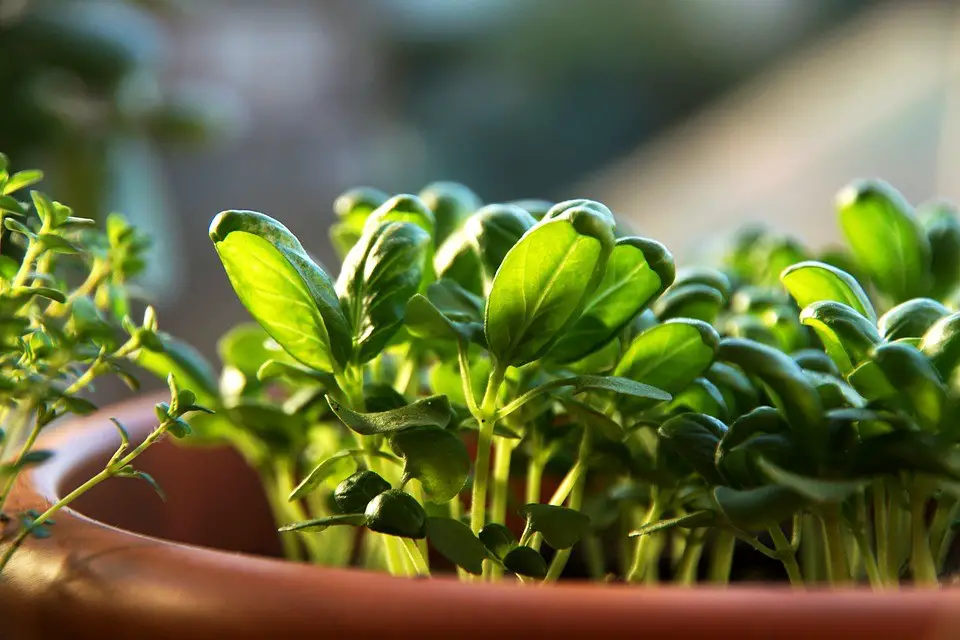Basil is among the few herbs you are guaranteed to find in any kitchen. Warm-weather loving, this plant tastes great, especially in Italian dishes.
Basil is a pretty common aromatic herb that belongs to the mint family, the same that includes other popular spices such as oregano and rosemary.

The plant is of course mainly known for its quality of adding flavor to various fishes, but did you know that basil is also known for its immunity-enhancing properties? Basil oil, for example, is proven to help prevent a number of conditions, which is why it’s consider a pretty important medical herb, as well.

Which is why it would prove very useful to have a few basil plants at home, right? Even if you don’t have a garden or a backyard, you can still easily grow basil plants in containers in your home.
There are over 35 different types of basil, the most well-known being holy basil. But in what follows we’re going to talk about the regular basil plant. The one you can get growing in your pots in your urban kitchen or balcony in no time.

What do you need to start your basil culture? Well the basics would include the following:
- A basil plant or seeds
- A soil mix
- An adequate container
Basil is easy to sow from seed and will germinate relatively quickly. The plat needs some sun in order to start the process of germination, so make sure you don’t burry the seeds to deep. 1/4 deep is considered acceptable. Plants will germinate for 5 to 10 days.
Alternatively, place a stem of basil in water and it will start sprouting roots in no time (within a week). Next, transplant the basil directly in your container. Make sure the spot you choose for your plant gets plenty of natural sunlight. A minimum of six hours per day would be recommended.
Speaking of containers, basil is not picky at all. It will grow almost in anything including an old laundry basket. Yet, keep in mind that for the plant to thrive it need a pot where air can circulate around the plants. It also doesn’t like to have its soil dry out completely, so select a larger container, to make sure these conditions are met.

Drainage is also important, as basil doesn’t like to be too wet, so don’t over-water it. To know when it’s time to water your put, simply insert your finger into the soil (up to the second knuckle). If it feels dry, add some water immediately.
If the weather tends to get really hot in summer in your area, you might have to water your plants as often as once a day. Spraying their leaves with water is also a good idea, to prevent them from slouching.
When it comes to choosing soil, pick a good potting soil, not heavy garden soil. You might also want to use an organic or slow-release fertilizer for your plants once a month. Just be careful not to fertilize it below 60-degrees F.












